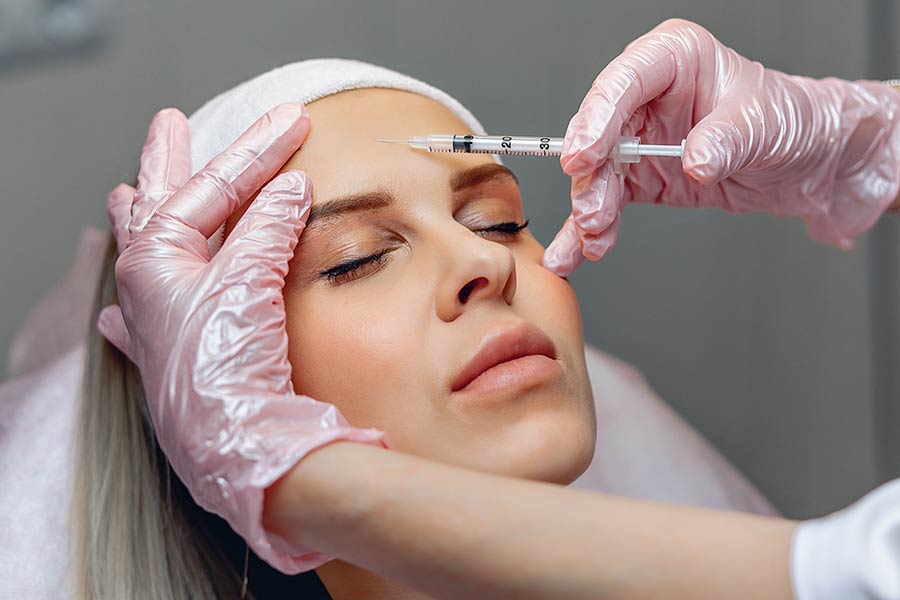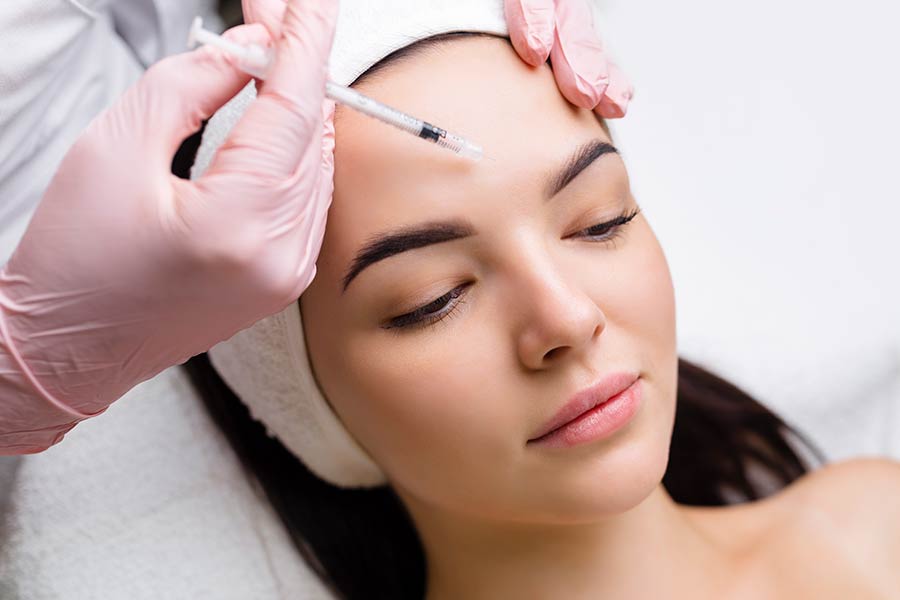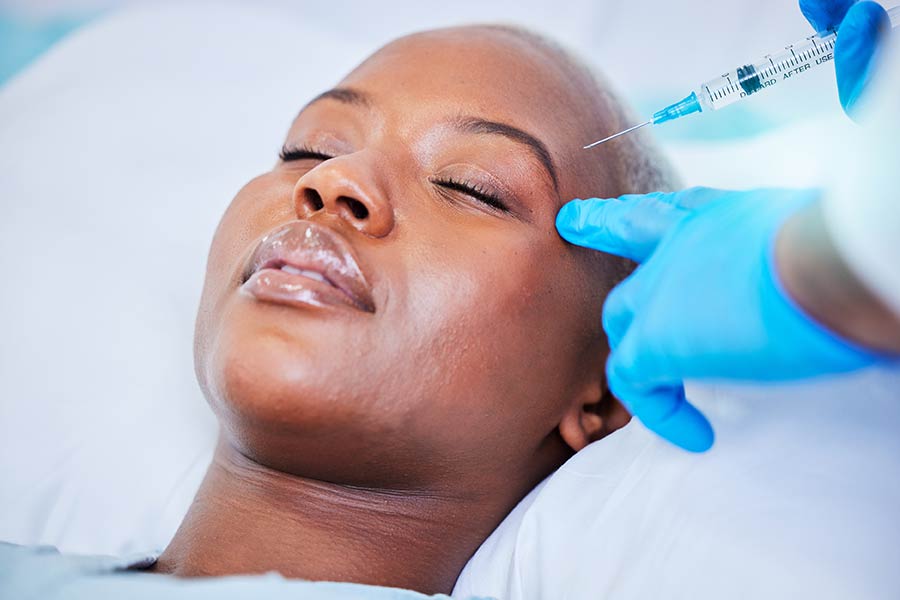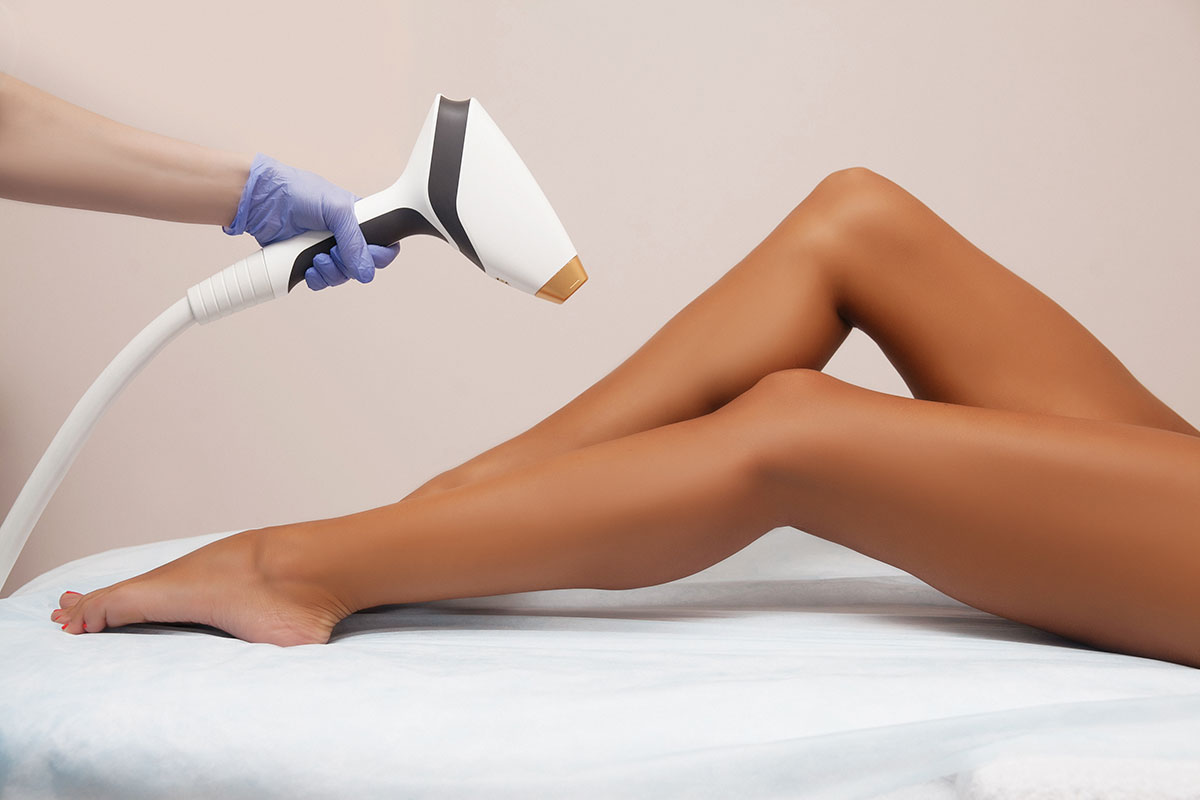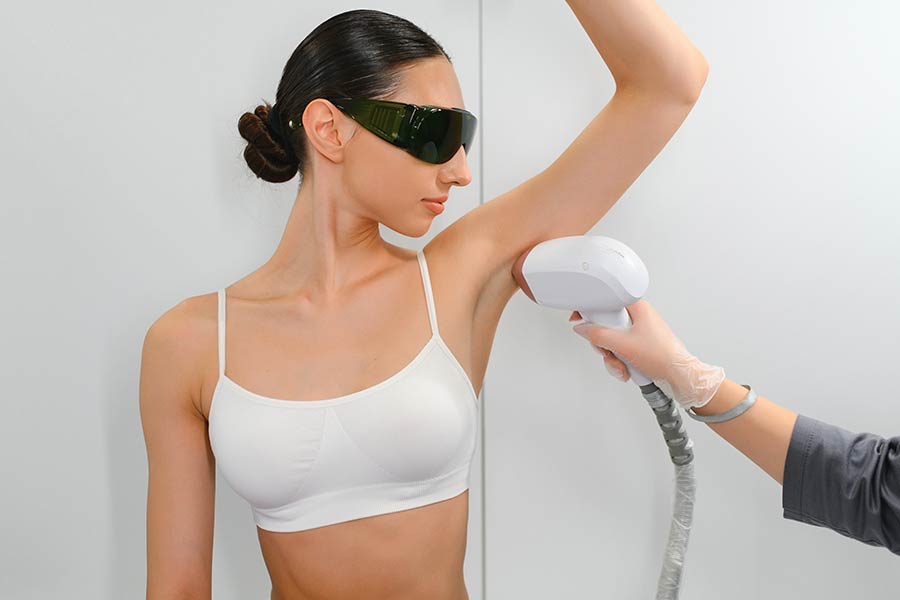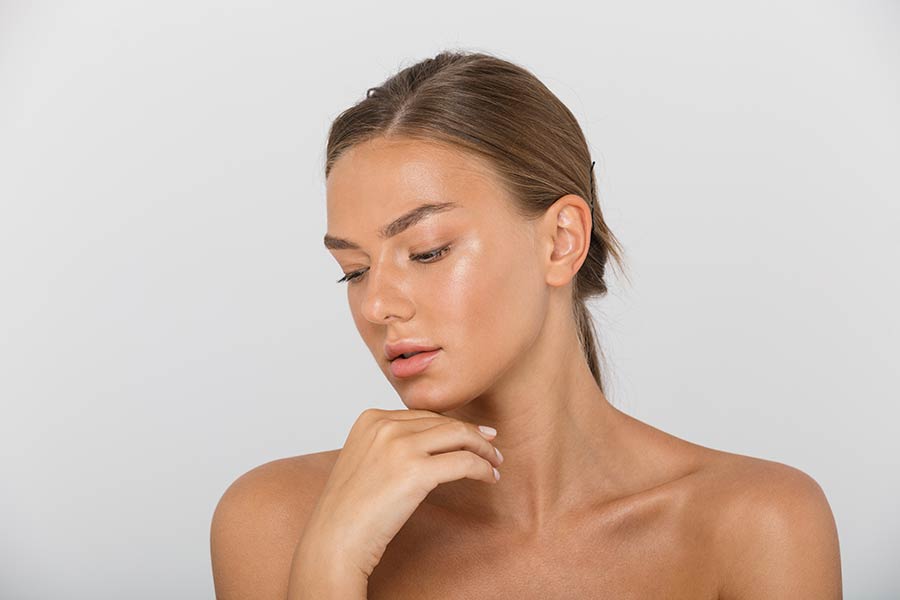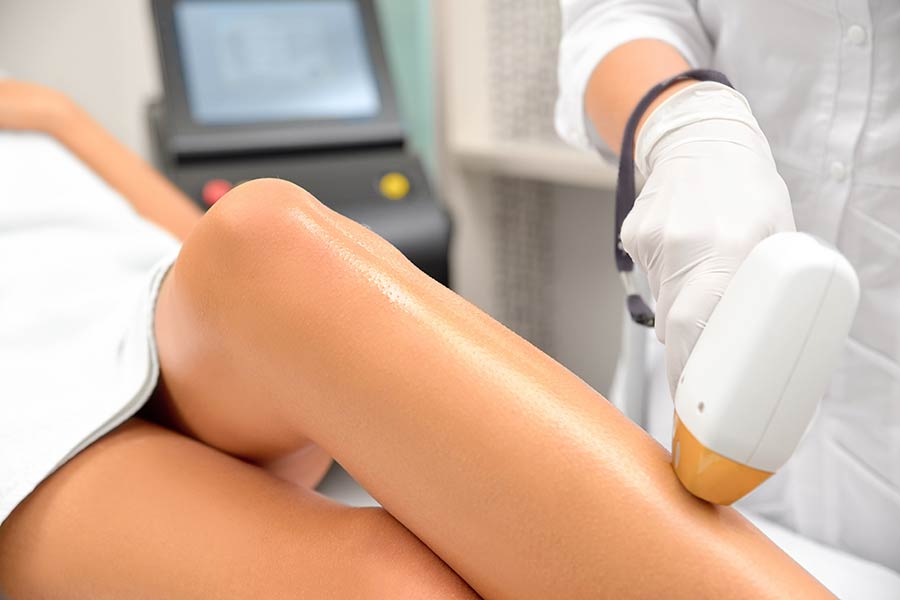Navigating the do's and don'ts of botox aftercare, especially when it comes to sleeping, can feel like walking a tightrope. On one hand, you want to maximize the benefits and longevity of your treatment; on the other, there's the fear of messing it all up with just one wrong move at bedtime. It's not just about beauty sleep; it's about smart sleeping strategies post-botox. This guide cuts straight to the chase, offering clear, expert advice on how to sleep after receiving botox injections. Forget the myths and hearsay; we're here to provide you with simple yet effective tips to ensure your botox results are nothing short of spectacular.
Key Takeaways
- To ensure the best results from your Botox treatment, avoid lying down for at least 4 hours after the procedure. This helps prevent the Botox from spreading to unintended areas.
- Sleeping on your back is the optimal position after receiving Botox, as it reduces the risk of putting pressure on the treated areas which might shift the Botox.
- Incorporating special pillows or sleep accessories can aid in maintaining the correct sleep position, safeguarding the results of your Botox treatment.
- Follow specific aftercare instructions for sleep provided by your healthcare provider to enhance the longevity and effectiveness of your Botox treatment.
- Address common concerns such as swelling or discomfort with recommended practices like gentle icing, but avoid direct pressure on the treated areas.
- Maintaining the integrity of your Botox treatment during sleep contributes to its longevity, ensuring you enjoy the benefits for as long as possible.
Understanding Botox Aftercare
Importance of Aftercare
Proper aftercare is key to maximizing the benefits of Botox treatments. It ensures that the injected substance works as intended, smoothing out wrinkles without causing unwanted side effects. Without following the recommended aftercare steps, individuals risk complications such as bruising, swelling, or uneven results.
Aftercare is crucial for achieving the desired aesthetic outcomes. It helps maintain the treatment's effectiveness for a longer period, delaying the need for follow-up sessions. Patients who adhere to aftercare instructions typically report better overall satisfaction with their Botox results.
Myths vs Facts
Many myths surround Botox aftercare, especially regarding how one should sleep post-treatment. Some believe sleeping on your face can shift the Botox, altering its effects. However, this is largely unfounded. The reality is that Botox binds quickly to nerve endings, and while excessive pressure should be avoided in the first few hours, normal sleeping positions are generally safe afterward.
Another common misconception is that Botox results are immediate. In truth, it takes several days for the full effects to become visible as the neurotoxin gradually relaxes the muscles. Understanding how Botox works can help set realistic expectations and underscore why certain aftercare practices are advised.
Avoiding Complications
To prevent complications and ensure optimal results from a Botox treatment, certain activities must be avoided:
- Do not consume alcohol for at least 24 hours post-treatment.
- Avoid strenuous exercise for 48 hours to prevent increasing blood flow to the treated areas.
- Refrain from massaging or applying pressure on or around the injection sites.
These actions can increase the risk of spreading Botox to unintended muscles, leading to drooping eyelids or asymmetry. By avoiding these activities, patients significantly reduce their chances of experiencing adverse effects and enjoy a smoother recovery process.
The First Night After Botox
When to Lie Down
After receiving Botox treatments, patience is key. Experts advise waiting at least 4 hours before lying down. This precaution helps prevent the Botox from moving to areas where it wasn't intended. If Botox migrates, it could affect how your muscles respond, leading to unintended results.
Lying down too soon might spread the Botox away from the target area. This can change how your face looks or feels. To stay safe, find activities that keep you upright and engaged. Reading a book or watching TV are good options. You can also use this time for light household tasks. Just remember to avoid bending over or heavy lifting.
Sleeping Allowed?
Yes, sleeping is allowed after the initial 4-hour wait post-Botox treatment. It's comforting for patients to know they can return to their normal sleep routines with a few simple precautions.
To ensure the best results, maintaining a semi-upright position is wise if you need to rest shortly after your treatment. This doesn't mean you have to sit up all night. Instead, try using extra pillows to prop yourself up in bed. This position helps keep the Botox in place while you sleep.
Remember, a good night's rest is part of the healing process. Just make sure to follow these guidelines for the first night after your treatment.
Optimal Sleep Positions
Best Positions
After receiving Botox, sleeping on the back is highly recommended. This position helps avoid putting pressure on the treated areas. It's crucial for ensuring the Botox stays evenly distributed across the face.
Using pillows can provide extra support. They help maintain this sleeping posture throughout the night. Pillows under the knees can also enhance comfort, making it easier to stay on your back.
Back sleeping isn't just good for Botox care. It can also prevent wrinkles from forming in new areas. This position allows for a more even distribution of facial products and treatments, including Botox.
Positions to Avoid
Sleeping on the stomach or sides should be avoided after getting Botox. These positions apply unwanted pressure on the face and treated areas. They can cause the Botox to move, leading to uneven results.
The risk of asymmetrical outcomes increases with side or stomach sleeping. The pressure can displace Botox from where it was initially injected, affecting its effectiveness.
Using arms or hands as pillows is another habit to steer clear of. It adds extra pressure to the face which is not ideal post-Botox treatment. Such practices could lead to less than satisfactory results and may require correction.
Pillows and Sleep Accessories
Choosing the Right Pillow
After discussing optimal sleep positions, it's crucial to consider the type of pillow you use. A firm pillow is key. It supports your neck and keeps your head elevated. This helps maintain the benefits of Botox treatments.
Memory foam pillows are great choices. They mold to the shape of your head and neck. This provides extra support. Specially designed post-Botox care pillows also exist. These products ensure you stay in the right sleeping position all night.
The right pillow plays a big role in sleep quality. It helps keep your sleeping posture correct. This is vital for the success of Botox aftercare.
Helpful Accessories
Besides a good pillow, other accessories can help during Botox aftercare.
Sleep masks are beneficial. They keep your skin relaxed and protected throughout the night. This is especially important in maintaining smooth skin after Botox treatments.
Satin pillowcases are another great option. They reduce friction and pressure on your skin while you sleep. This can help prevent any unwanted marks or wrinkles from forming overnight.
Neck rolls or travel pillows are useful too. They help keep your neck properly aligned. This ensures that the treatment areas remain undisturbed during sleep.
Specific Aftercare Instructions for Sleep
Face Touching Guidelines
After receiving Botox treatments, minimizing face touching is crucial. This simple step helps prevent irritation and potential infection which can compromise the results. It's essential to avoid rubbing or massaging the treated areas. Such actions can displace Botox, leading to uneven results.
Gentle cleansing and application of skincare products are still important. However, they must be done without applying pressure. Use light touches and pat your skin dry instead of rubbing it. This care maintains the integrity of the treatment area.
Movement Restrictions
To ensure optimal Botox settling, certain activities and facial movements should be avoided. One key restriction is strenuous exercise. It should not be resumed for at least 24 hours post-treatment. Exercise increases blood flow and can lead to swelling or bruising in the treated areas.
Extreme facial expressions are also a concern. They could affect how Botox distributes beneath your skin. Try to keep your face as relaxed as possible. Avoid any action that feels like it's stretching or overly moving the treatment areas.
Addressing Common Concerns
Can You Sleep After Botox
Yes, you can sleep after getting Botox. It's important, however, to wait a few hours before doing so. This waiting period helps ensure the Botox stays in the right place. Sleeping too soon might cause it to move, affecting results.
For best outcomes, follow specific sleeping positions. Sleeping on your back is ideal. This position prevents pressure on the treated areas. Ignoring these guidelines could lead to unwanted effects. Swelling and bruising are potential risks of not following advised sleeping positions.
Correcting Misconceptions
Many people think they can return to all normal activities immediately after Botox. This isn't entirely true. While you can do most things, some actions require caution. For instance, heavy exercise or bending over should be avoided for a short time.
There's also a myth that Botox effects are instant and won't be affected by how you sleep or what activities you do post-treatment. In reality, Botox takes time to show its full effects. How you care for yourself afterward, including how you sleep, can influence the outcome.
Longevity of Treatment Effects
Maximizing Results
To ensure Botox effects last longer, proper aftercare is crucial. This includes following all post-treatment instructions closely. Regular skincare routines, such as gentle cleansing and moisturizing, can greatly support the skin's health and enhance Botox results. It's also vital to avoid direct sunlight and use sunscreen to protect treated areas.
Follow-up appointments play a significant role in maintaining optimal outcomes. They allow for adjustments that can prolong the treatment's effectiveness. By attending these sessions, patients can ensure their results are consistently refreshed and adjusted according to their needs.
Preventing Pressure on Treated Areas
Avoiding pressure on treated areas is key to preserving Botox results. During sleep or daily activities, it's easy to accidentally apply pressure, which can affect how long the treatment lasts. To prevent this, consider changing your sleeping habits for a while. Sleeping on your back is often recommended to avoid putting weight on the face.
Supportive accessories like special pillows can help maintain safe sleeping positions. These pillows are designed to reduce pressure on the face and are particularly useful in the first few days after treatment. They not only aid in keeping the treatment area intact but also contribute to a comfortable night's sleep without compromising Botox longevity.
Tips for Maintaining Botox Integrity During Sleep
Do's and Don'ts
After receiving Botox, proper aftercare is crucial to ensure the best results. In the hours immediately following treatment, avoid lying down for at least 4 hours. This helps prevent the Botox from spreading to unintended areas. It's also important to sleep on your back if possible. Sleeping on your side or stomach could apply pressure to treated areas, risking the movement of Botox.
Avoid rubbing or massaging the treated areas for 24 hours after your procedure. Such actions can cause the Botox to spread beyond the targeted muscles, potentially leading to drooping or asymmetry. For those wondering about exercise, it's wise to skip it for a day or two. Physical activity increases blood flow, which might dilute the effectiveness of your treatment.
One critical no-no is using any form of heat on the face, such as saunas or hot showers, in the first few days post-treatment. Heat can increase swelling and bruising, and might also interfere with the settling process of Botox.
Essential Advice
First and foremost, selecting an experienced provider cannot be overstated. A skilled practitioner not only ensures a smoother procedure but can also offer personalized aftercare advice tailored to your needs. They'll guide you through what to do in the days following your treatment for optimal outcomes.
Patience plays a significant role in achieving your desired aesthetic goals with Botox. Results typically start showing within a few days but can take up to two weeks for full effect. During this time, adhere strictly to your provider’s aftercare instructions. Avoiding certain activities and sleeping positions may seem trivial but can significantly impact how well your treatment holds up over time.
Remember that maintaining the longevity of Botox effects discussed in previous sections hinges on good aftercare practices. While it's tempting to jump back into your routine immediately, giving yourself time to heal properly pays off with lasting beauty benefits.
Consequences of Incorrect Sleeping Post-Botox
Short-term Effects
After receiving Botox, some people might notice redness or swelling at the injection sites. These are common reactions that usually go away on their own. It's important to remember that these short-term effects are normal and temporary. They show your body is responding to the treatment.
However, if you experience unusual symptoms like intense pain, vision problems, or signs of an allergic reaction, it's crucial to contact a healthcare provider immediately. These are not typical responses and might need medical attention.
Long-term Effects
Proper aftercare following Botox injections can significantly enhance the longevity of its aesthetic benefits. By adhering to recommended sleeping positions and avoiding pressure on treated areas, patients can enjoy more satisfactory and lasting results. This diligent approach to aftercare may even reduce the frequency of treatments needed over time.
Patients who meticulously follow post-Botox instructions often report experiencing prolonged smoothness and fewer wrinkles. This is because correct aftercare helps maintain the optimal conditions for Botox to work effectively in your body.
Summary
Navigating the do's and don'ts of botox aftercare, especially concerning sleep, is crucial for maximizing treatment benefits and avoiding complications. You've learned the importance of proper sleep positions, the role of pillows and accessories in ensuring optimal healing, and specific instructions to follow for a restful night. Adhering to these guidelines not only enhances the longevity of your botox results but also safeguards against unwanted side effects. It's clear that taking care of your skin post-botox doesn't stop at daytime routines; it extends into how you rest at night.
To keep your botox looking its best, remember these tips and integrate them into your nightly routine. Your diligence pays off by preserving the smooth, rejuvenated appearance botox offers. If you have more questions or need further advice on maintaining your botox results, don't hesitate to reach out to a professional. They're there to help you look and feel your best, day and night.
Frequently Asked Questions
How soon can I sleep after receiving Botox?
You should wait at least 4 hours before lying down to prevent the Botox from migrating from the treated area.
What is the best sleeping position after Botox?
The best position is on your back, as it prevents pressure on the treated areas and helps maintain Botox integrity.
Can I use a pillow after Botox injections?
Yes, but opt for a firm pillow that supports keeping your head elevated and avoids direct pressure on the injection sites.
Are there specific sleep accessories recommended post-Botox?
Consider using a travel pillow around your neck to keep your head upright and prevent rolling onto your face during sleep.
What are common concerns with sleeping after Botox?
Common concerns include accidentally rubbing or pressing on treated areas, which could potentially displace the Botox.
How does incorrect sleeping positions affect Botox results?
Incorrect sleeping positions can lead to uneven distribution of Botox, impacting its effectiveness and longevity of results.
Any tips for maintaining Botox integrity during sleep?
Avoid sleeping on your face, keep your head elevated, and use appropriate pillows to maintain the treatment's integrity.




